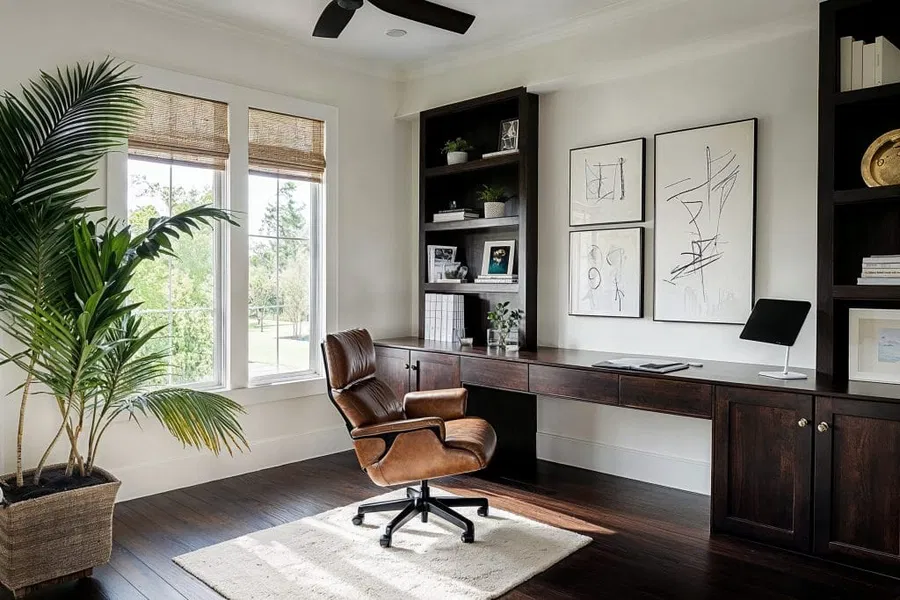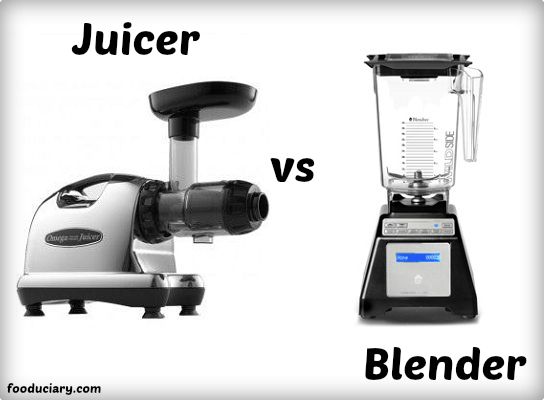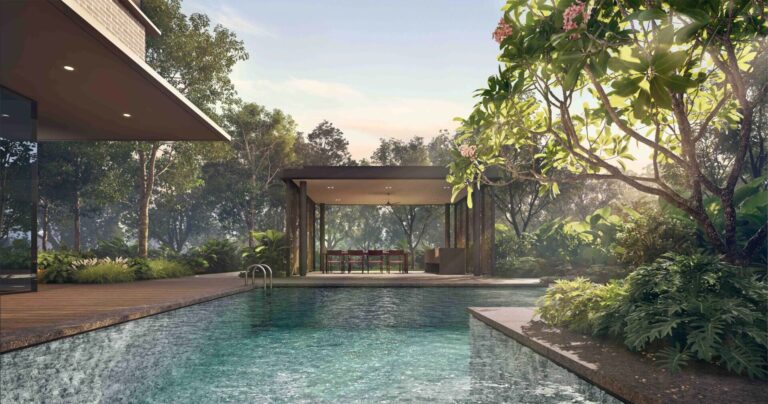Design Strategies to Enhance Productivity in Corporate Office Spaces
A well-designed corporate office can do much more than impress clients—it can inspire creativity, collaboration, and productivity among employees. The modern workplace has evolved beyond traditional layouts, embracing spaces that promote well-being, focus, and innovation. The connection between thoughtful design and enhanced performance is now well established, and businesses across Singapore are investing in intelligent corporate office interior design to create environments that foster efficiency and engagement.
Understanding the Role of Office Design in Productivity
The physical workspace has a significant impact on how employees think, feel, and perform. An office that is bright, well-ventilated, and organized can improve concentration and reduce stress, while poorly designed spaces often lead to fatigue and disengagement. Modern design strategies aim to strike a balance between aesthetics and function, ensuring that every design decision supports productivity and employee satisfaction.
Good office design integrates psychology, ergonomics, and technology. From spatial layout to lighting, every element contributes to a sense of purpose and flow. When employees feel comfortable and valued in their surroundings, motivation naturally increases, leading to improved overall performance.
Maximizing Natural Light and Air Quality
One of the most effective ways to enhance productivity in the workplace is through natural light. Exposure to daylight regulates the body’s circadian rhythms, boosting mood and energy levels throughout the day. Offices designed with large windows, glass partitions, and open layouts allow natural light to flow freely, reducing the reliance on artificial lighting.
Similarly, proper ventilation and air quality play a key role in cognitive performance. Incorporating plants, air purifiers, and sustainable materials helps maintain a fresh and healthy atmosphere. Green walls or biophilic design elements not only improve air quality but also create a calming environment that reduces stress and increases focus.
Ergonomic Furniture and Comfortable Workstations
Ergonomics is essential in designing productive office spaces. Poor posture and discomfort can lead to physical strain, fatigue, and lower concentration. Adjustable chairs, standing desks, and properly positioned monitors help employees maintain good posture and stay comfortable throughout the day.
In addition to furniture, the arrangement of workstations influences workflow and communication. Open layouts encourage collaboration, while quiet zones or focus pods allow employees to concentrate without distractions. A blend of both open and private areas gives staff the flexibility to choose an environment that suits their tasks.
The Importance of Color Psychology
Color plays a powerful role in influencing mood and productivity. Blue hues are known to promote focus and calmness, making them ideal for analytical workspaces, while green tones enhance creativity and balance. Yellow, often associated with energy and optimism, works well in brainstorming areas, whereas neutral tones like white and beige provide a clean and uncluttered backdrop.
Designers use color strategically to define zones within the office and create a visual rhythm that aligns with company culture. When paired with natural materials such as wood and stone, color schemes can also reinforce a brand’s identity while maintaining a professional aesthetic.
Incorporating Collaborative and Social Spaces
Modern workplaces thrive on collaboration. Designing spaces that encourage interaction among employees fosters innovation and teamwork. Breakout zones, brainstorming areas, and informal lounges allow staff to exchange ideas freely in a relaxed setting.
At the same time, it’s important to provide quiet zones where individuals can recharge or focus without interruptions. Balancing social areas with private spaces supports diverse working styles and enhances overall workplace satisfaction.
Technology Integration for Seamless Operations
A productive office is one where technology works effortlessly in the background. Seamless integration of digital tools, smart lighting, and automated systems streamlines workflows and supports flexibility.
Wireless connectivity, interactive screens, and video conferencing setups ensure that employees can communicate effectively, even in hybrid work arrangements. Designers now incorporate technology-friendly layouts that hide cables and reduce clutter, creating sleek, modern environments that enhance productivity and visual appeal.
Flexible Layouts for Evolving Work Dynamics
The post-pandemic era has redefined how offices function. Flexibility is now a key feature of high-performing workplaces. Modular furniture, movable partitions, and adaptable layouts allow companies to reconfigure spaces easily as teams grow or work habits evolve.
Agile workspaces support both collaborative projects and individual work, ensuring that employees have the freedom to choose where and how they work. This adaptability not only boosts efficiency but also demonstrates an organization’s commitment to employee well-being and empowerment.
Enhancing Acoustic Comfort
Noise pollution is one of the biggest productivity killers in offices. Excessive sound can distract employees and lead to decreased concentration. Designers address this challenge through acoustic panels, carpeting, and sound-absorbing furniture.
Strategically placed partitions and materials such as felt or cork can significantly reduce echo and noise levels. Additionally, designated quiet zones give employees the option to retreat from busy areas when they need to focus.
Promoting Wellness and Work-Life Balance
Incorporating wellness into office design has become a top priority for many organizations. Relaxation areas, fitness zones, and even small meditation corners provide employees with opportunities to decompress during the workday.
Natural elements such as indoor plants, calming textures, and soft lighting contribute to a sense of harmony. When employees feel physically and mentally supported, they are more motivated, engaged, and productive.
Conclusion
Enhancing productivity through design is about more than aesthetics—it’s about creating a holistic environment that supports well-being, creativity, and collaboration. From ergonomic furniture and natural light to flexible layouts and smart technology, every design element should serve a purpose.
In today’s fast-paced business world, investing in intelligent corporate office interior design not only improves efficiency but also strengthens company culture. A thoughtfully designed workspace fosters engagement, loyalty, and innovation—qualities that drive long-term success in any organization.






